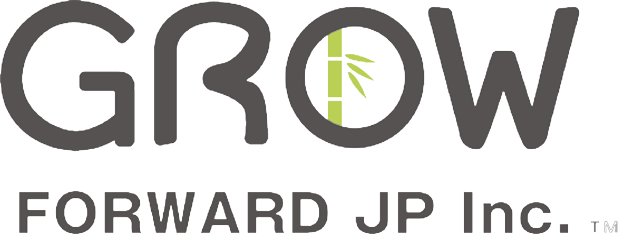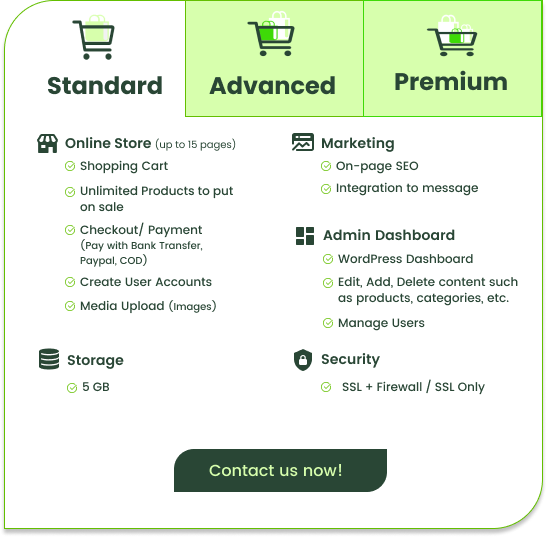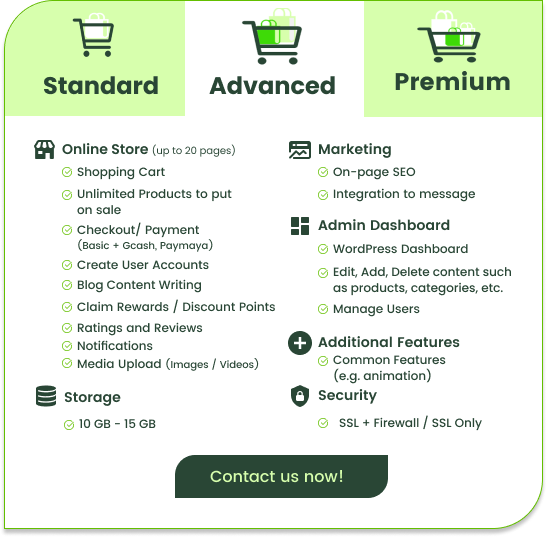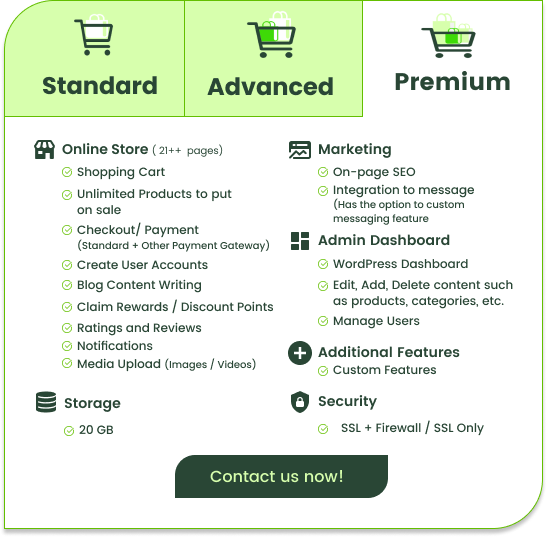Does your business don’t have a strong online presence and you want to level up? Did you notice that most businesses or shops integrated into e-commerce and most of them became successful?
Well, this is because the key to success lies in having a robust online presence. According to Statista.com, in 2002, retail e-commerce sales were estimated to exceed 5.7 trillion U. S dollars worldwide, and this figure is expected to reach new incoming heights in the incoming years.
E-commerce has transformed the operations of businesses and the shopping experiences of customers. As online shopping continues to gain momentum, there is a growing need for e-commerce websites that are seamless, user-friendly, and visually appealing.
This is where custom web development steps in. While there are numerous ready-made e-commerce platforms available, custom web development offers a unique set of advantages that can propel your business to new heights.
At Grow Forward JP, Inc., we recognize the crucial role of a well-designed and optimized e-commerce website in driving sales and cultivating customer loyalty. In this blog series, we will extensively explore the realm of custom web development, focusing on the best practices and strategies that empower businesses to create unforgettable online shopping experiences.
What is Custom E-commerce Website?
A custom e-commerce website is a tailor-made online platform designed and developed to meet the specific needs and requirements of a business or individual. It is created from scratch, allowing for complete control over the design, features, and functionality of the website. With a custom e-commerce website, businesses can showcase their unique brand identity, incorporate personalized features, and offer their customers a seamless and engaging shopping experience. By utilizing custom coding and development, businesses can have full flexibility and scalability, enabling them to adapt and grow as their e-commerce operations expand.
Why do you need your business transform into a custom e-commerce website?
Having decided to transform your e-commerce website into a custom platform was a great choice. Why? It is to better cater to the unique needs and preferences of your customers. By adopting a custom approach, you can create a tailor-made online shopping experience that aligns perfectly with your brand identity and values.
Customizing your e-commerce website allows you to showcase your products and services in a way that reflects your distinct vision and style. At Grow Forward JP, Inc., we can design the website layout, color scheme, and user interface to create a seamless and visually appealing browsing experience. This ensures that your customers can easily navigate through the site, locate desired products, and make purchases with confidence.
Moreover, a custom e-commerce website enables you to incorporate specific features and functionalities specifically tailored to your business model. We can integrate advanced search options, personalized recommendations, and intuitive filtering systems, making it effortless for customers to find exactly what they’re looking for. Additionally, we can implement secure payment gateways and streamlined checkout processes, ensuring a smooth and hassle-free transaction for your valued customers.
By investing in a custom e-commerce platform, we can establish a strong brand presence online. Our website becomes a true reflection of our company’s identity, fostering a sense of trust and loyalty among our customers. With a distinct and user-friendly interface, we can offer a memorable and engaging shopping experience, ultimately leading to increased customer satisfaction and retention.
Here is our comprehensive e-commerce package in various categories.
Standard Package
Advanced Package
Premium Package
Custom E-Commerce Web Development: Best Practices & Strategies
Custom e-commerce development needs careful planning, attention to detail, and adherence to best practices to ensure a successful and effective online store.
Here are some best practices and strategies for custom e-commerce web development:
User-Centric Design: Prioritize a user-friendly and intuitive design that makes it easy for customers to navigate your website, find products, and complete purchases. Use clear call-to-action buttons, simple navigation menus, and an efficient checkout process to reduce friction and enhance the user experience.

Mobile Responsiveness: Ensure that your e-commerce website is fully responsive and optimized for mobile devices. With a growing number of users shopping on smartphones and tablets, mobile responsiveness is crucial for providing a seamless shopping experience across different devices.
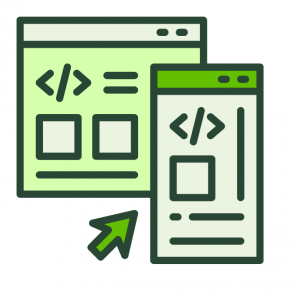
Fast Loading Speeds: Optimize the website’s performance to minimize loading times. Slow-loading pages can lead to higher bounce rates and dissatisfied customers. Use optimized images, cache mechanisms, and efficient server hosting to improve loading speeds.

Secure Payment Gateways: Implement secure and trusted payment gateways to protect customer data and provide a safe environment for online transactions. SSL certificates and adherence to PCI DSS compliance are essential for securing sensitive information.

Scalability and Flexibility: Plan for future growth by building a scalable e-commerce platform to accommodate increased traffic and product inventory. Ensure that your website can handle peak loads during promotions or seasonal spikes.

Search Engine Optimization (SEO): Incorporate SEO best practices from the outset to improve your website’s visibility in search engine results. Properly optimized product pages, metadata, and keyword-rich content can attract organic traffic and boost conversions.

Personalization and Recommendations: Utilize data analytics to offer personalized product recommendations and tailor the shopping experience to individual customers. Personalization can enhance customer engagement and increase conversion rates.

Smooth Checkout Process: Simplify the checkout process and reduce the number of steps required for customers to complete their purchases. Offer guest checkout options and multiple payment methods to cater to diverse customer preferences.

Robust Security Measures: Implement robust security measures to protect against data breaches and cyberattacks. Regularly update software and plugins, conduct security audits, and employ tools to detect and prevent potential threats.

Integrated Inventory and Order Management: Integrate your e-commerce platform with inventory and order management systems to ensure accurate stock availability and streamline order fulfillment processes.

Testing and Quality Assurance: Thoroughly test your e-commerce website across different devices, browsers, and operating systems to identify and fix any bugs or issues. Regular quality assurance checks are essential to maintain a smooth and error-free shopping experience.

Effective Product Presentation: Use high-quality product images and compelling product descriptions to showcase your offerings effectively. Clear and detailed information helps customers make informed purchasing decisions.

Conclusion
The key to building a successful online platform is putting the best practices and strategies for custom e-commerce website development into practice. These recommendations can help businesses improve the usability, user experience, and overall performance of their website. The important factors to take into account are including responsive design, improving loading speed, ensuring easy navigation, and integrating secure payment methods.
Collaborating with experienced developers and staying up-to-date with emerging technologies can give your businesses a competitive edge and ensure your e-commerce websites remain efficient, scalable, and future-proof. By actively investing in continuous improvement and embracing innovative solutions, companies can enhance their online presence, stay ahead of their competitors, and achieve long-term success in the dynamic world of e-commerce.
By prioritizing these best practices and strategies, businesses can integrate the custom e-commerce website that effectively meets the needs and expectations of their target audience, ultimately leading to sustained growth and success.
Reference
